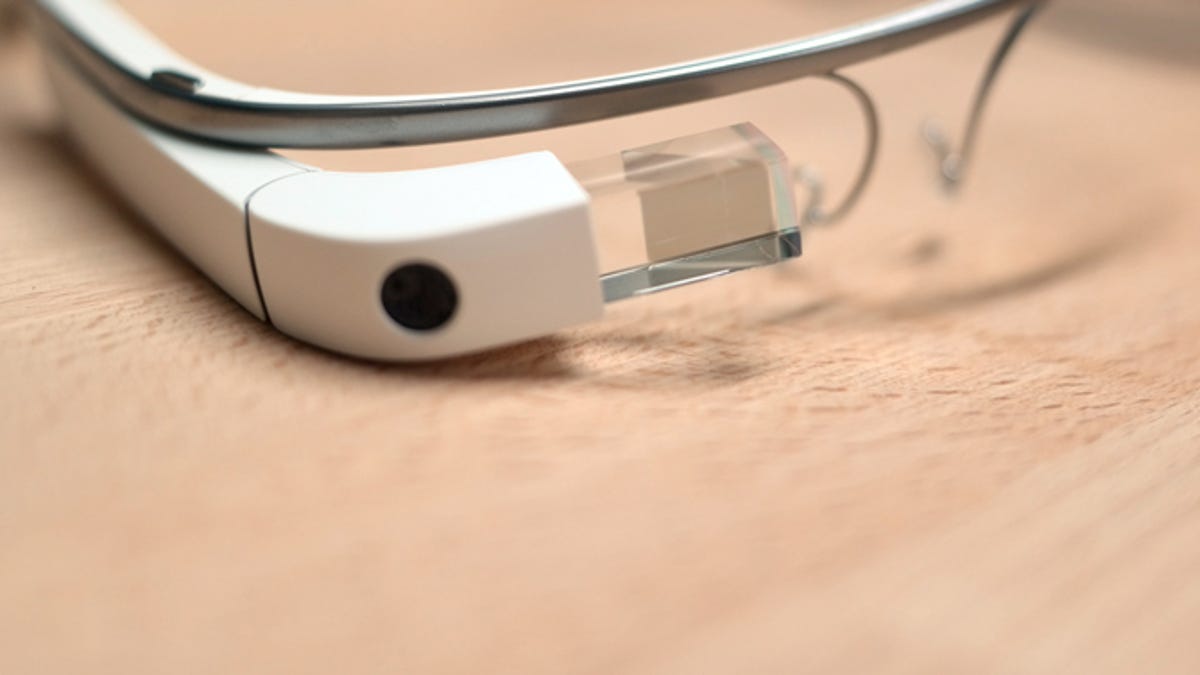
CNET
SAN FRANCISCO — It seems like everyone’s got an opinion on Google Glass, the search giant’s ambitious connected headset that mounts a computer in front of a user’s eyes. But on Tuesday, we heard from someone with special credentials — the device’s creator said Glass is only one answer to the future of computing.
People are increasingly moving away from desktop computers and latching on to smartphones and tablets, and Glass was born from trying to figure out where the next great platform shift would take us.
“Google Glass is one answer to that question,” said Babak Parviz, a director at Google X, at the Wearable Technologies Conference here. “It’s not necessarily the definitive answer.”
Parviz has had a leading role in the development of some of Google’s most ambitious projects. He ran the team behind Glass until last month, and also heads up the effort behind a glucose-tracking contact lens, aimed at helping diabetics who must prick themselves with needles to check their blood sugar.
Still in its prototype days — though available to the general public — Glass has already seen its share of obstacles. The company has slowly rolled out the product since its introduction at Google’s developer conference in 2012.
It’s been at the center of some controversy, including being banned from some bars in the U.S. and prohibited from movies theaters in the United Kingdom because of privacy and piracy concerns. Last month, Google replaced Parviz as the head of the Glass project with a more fashion-forward executive, Ivy Ross, formerly chief marketing officer of Art.com. Ross has held executive tenures at Calvin Klein, Coach, and the Gap.
Related Stories
- Google Glass on sale outside US for the first time
- Google Glass Explorer program finally opens to public
- UK movie theaters to Google Glass: No, thank you
But Parviz still has faith in connected headsets. “My guess is, 15 years from now, walking down the street, there will be people walking around with something on their head.”
Parviz, who appeared on stage sans-Glass, ran through some of Glass’ early development, even highlighting an early version of the hardware that looked more like Facebook’s chunkier Oculus headset than the thin-rimmed shape it currently has.
One of the main drivers for developing the device was being able to find information almost instantaneously. A Google search will give someone a reasonable answer to almost any question in about 10 seconds, he said. The goal for Glass was to “significantly shorten that time.” “Can we make it three seconds? One second? A fraction of a second?” he said.
But for all the possible benefits, Parviz is still aware of the danger of making these next-gen devices alienating experiences. “As these technologies set in, some of the humanity comes out,” he said. “There’s a balance between what technology allows and what technology takes away.”
He emphasized that the product still has a long way to go, mentioning that the form factor of the device would evolve. He said future efforts for the product would be centered on making them more comfortable to wear, and allowing them to operate using less power.
“This is a nice first step to where we want to go,” he said. “We can see glimmers of how this might work out.”



